Clark County homeless shelters alter practices as they try to better help clients get into homes
On her 11th birthday, Alexia Bautista-Matias-Cannon found ways to pass the time before cake and presents.
She ate tacos and played with blue slime she got from another girl who lives at Share Homestead, the family homeless shelter in Hazel Dell. She alternated between holding babies and holding Baby, a dog belonging to her “auntie,” a woman staying at the shelter. Alexia asked Auntie if she brought ice cream for her birthday.
Enlarge
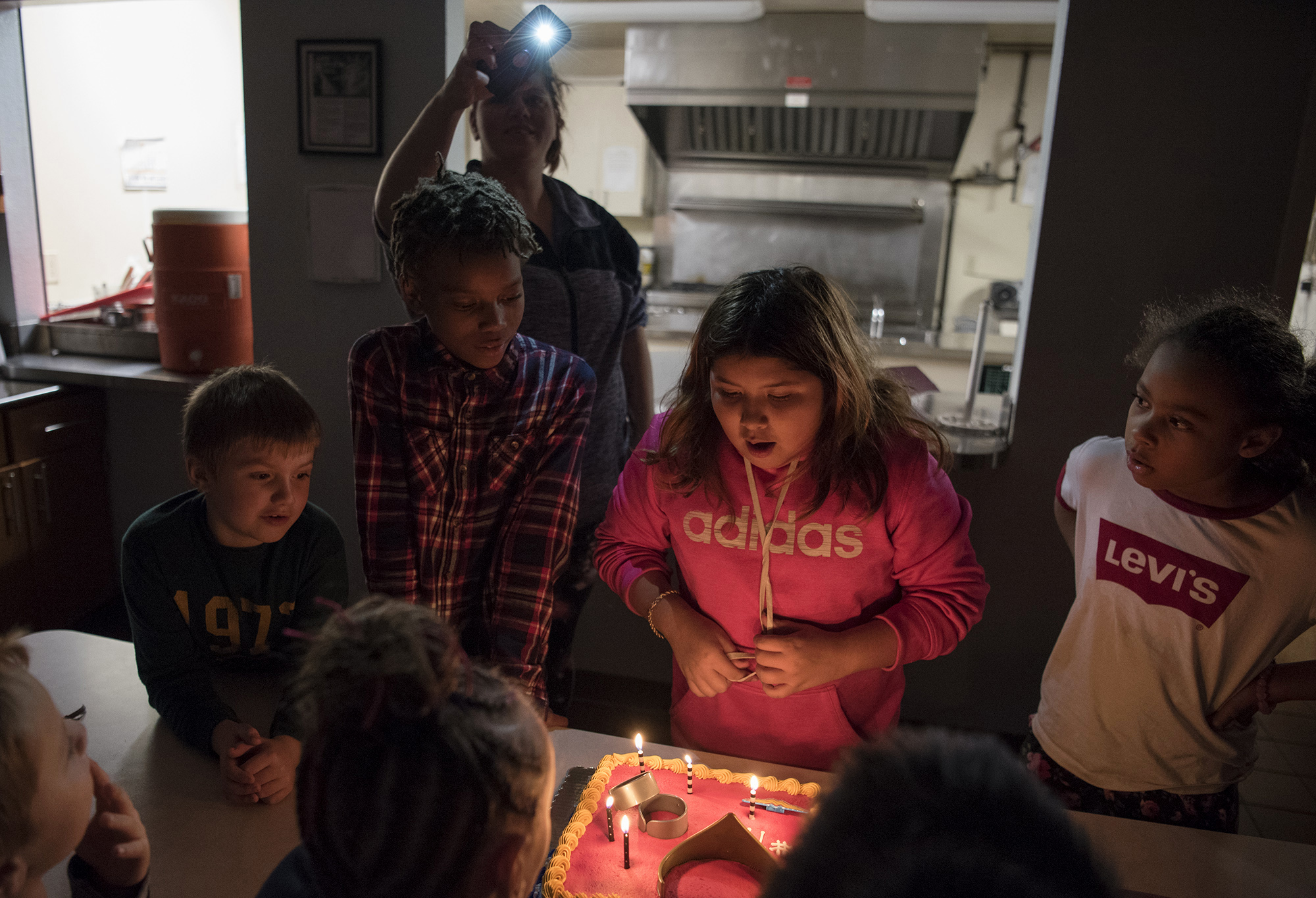
(Alisha Jucevic/The Columbian)
Then, surrounded by friends, Alexia blew out the candles on her chocolate Wonder Woman cake and asked for a slice with the number 11 on it. Laughter bounced off the cafeteria walls as a frosting fight broke out, the sugary substance smeared on people’s faces like war paint.
Alexia’s mother, Paige Magana, snapped photos of the boisterous scene. Her family’s gotten close to people on the street and in the shelter. After all, the Maganas have had time to get to know and trust people.
They’ve lived at the shelter for seven months.
In an attempt to help low-income families like the Maganas be more successful, Share, the nonprofit managing the major shelters in town, has made some changes. It’s eliminated the 90-day limit on family shelter stays, allowing families to stay at shelters for longer periods, done away with blood alcohol and urine tests, added staff and relaxed rules.
Share’s efforts reflect a countywide push toward better meeting the needs of homeless households. As Clark County grapples with persistent homelessness and a lack of affordable housing, shelters are changing the way they operate to increase client success and improve performance outcomes.
The U.S. Department of Housing and Urban Development’s goal is that least half of all households will exit shelters to go into permanent housing, rather than return to homelessness, couch surf, go to transitional housing or enter another shelter. But Clark County and Washington at large fall short.
Enlarge
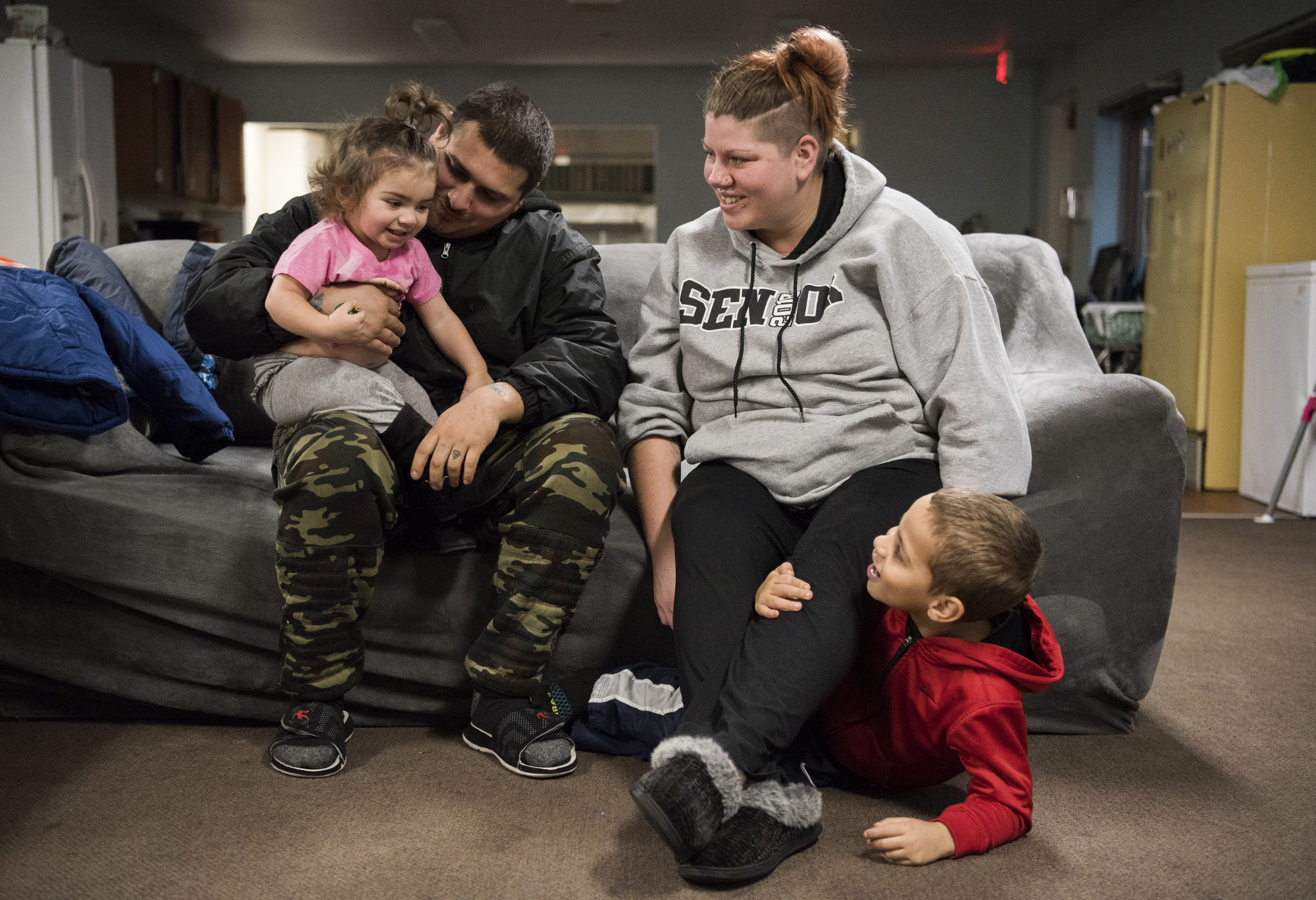
(Alisha Jucevic/The Columbian)
In Clark County, 27 percent of households leave emergency shelters for permanent housing, according to the latest data from the state Department of Commerce. Clark County is relatively middle of the pack among the 32 counties in Washington keeping track; the state average is 30 percent.
Twenty-two percent of people return to homelessness after leaving a Clark County shelter, one of the poorer outcomes among the 20 counties that reported data. The state average is 14 percent, still worse than the federal target of less than 10 percent.
“I speak to many folks who feel like getting someone into shelter is the ultimate step and then everything will be fine,” said Kate Budd, executive director of Council for the Homeless, which maintains Clark County shelter performance data. “Based on the data I know there’s a long road ahead of a family once they get into shelter.”
As local shelters make changes they hope to see outcomes shift in the right direction.
Definitions
Emergency shelter: Temporary, short-term shelter for people experiencing homelessness. Local examples include Share House, Orchards Inn, Oak Bridge Youth Shelter and the SafeChoice Domestic Violence Shelter.
Permanent housing: Formerly homeless individuals or families are housed through at least a one-year, renewable lease and live as independently as possible.
Rapid re-housing: An intervention where homeless people are provided services and support to quickly return to permanent stable housing. On average, assistance lasts four to six months but can extend to two years.
Enlarge
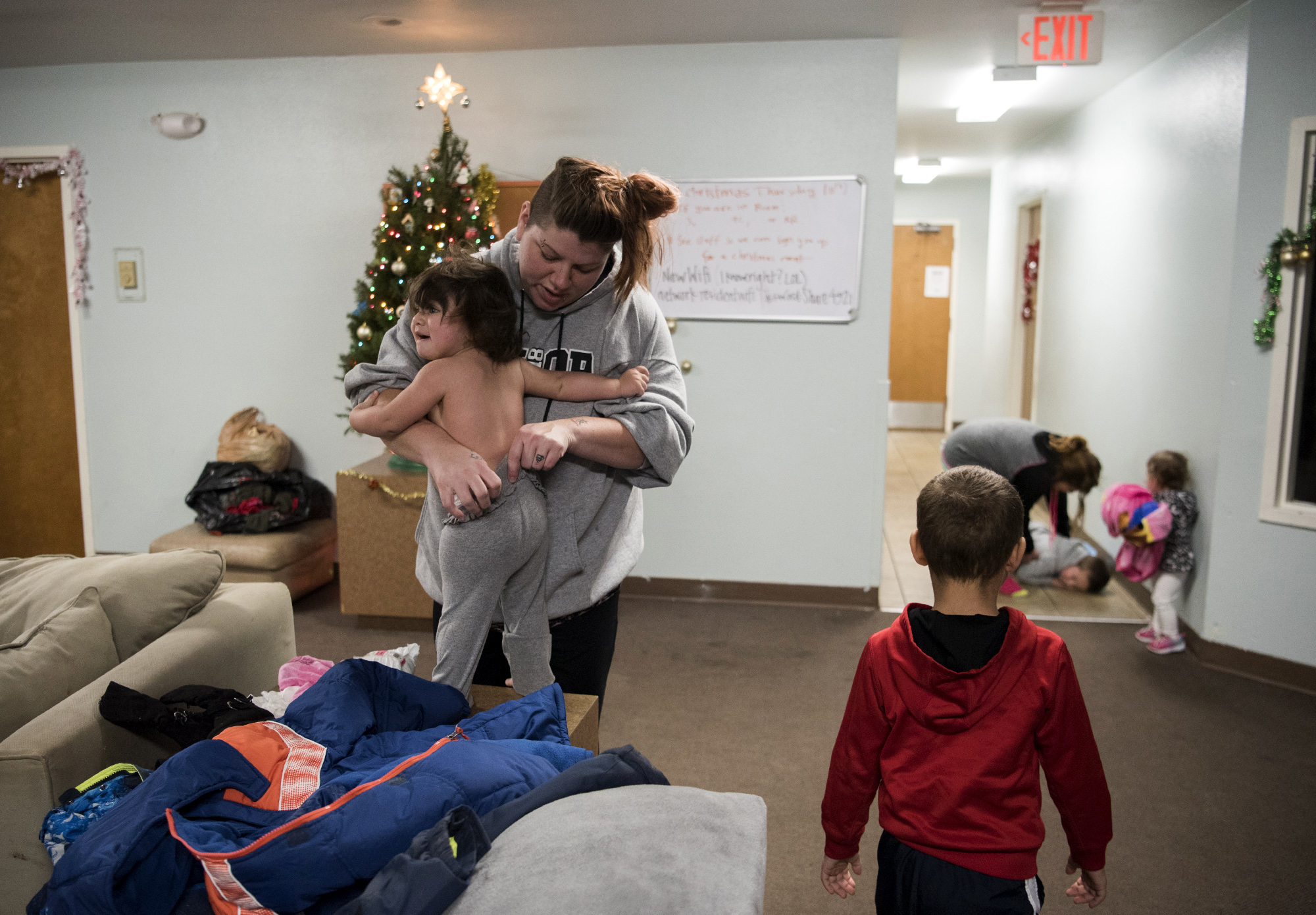
(Alisha Jucevic/The Columbian)
‘An additional crisis’
Before Share got rid of time limits in June, families most often exited one shelter at the end of their 90-day stay and transferred to another one. Staff, clients and schools told Share that this wasn’t working.
“Sometimes people would do really well at one shelter and then they would move to this other environment and they were all disrupted and back in crisis and they wouldn’t do so well,” said Amy Reynolds, deputy director of Share. “We were creating an additional crisis for no reason at all.”
The nonprofit discovered that due to a change in its funding it was no longer obligated to set a certain length of stay. Families like the Maganas now have more time to stabilize and build skills and income, but it also means fewer families will be served by Clark County’s two year-round family shelters.
Most people seeking shelter are turned away due to lack of space.
“The positive is we’ll probably improve our outcomes of getting them into permanent housing because they’ll have that time to get to that point of being able to,” Share’s Executive Director Diane McWithey said.
With the extra time, Paige Magana has graduated from a Rent Well Tenant Education Course, is studying for her driver’s license test and is working to get some health issues under control. Her family of six moved to Vancouver from Newport, Ore., to access more services for her 6-year-old son, Levi Duncan, who has special needs and recently transferred schools. Her husband, Jose Magana, landed a construction job. They aim to move into a place by February.
Enlarge
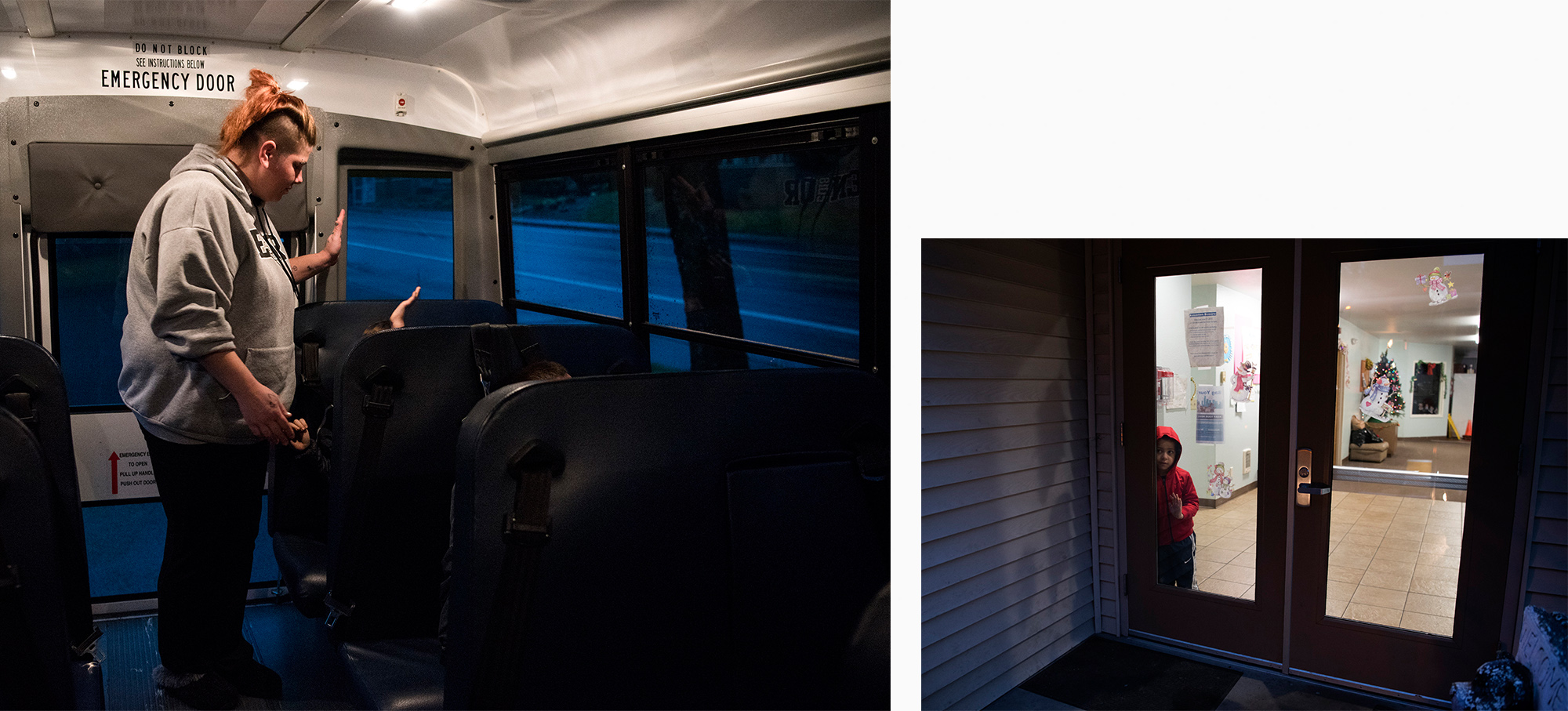
(Alisha Jucevic/The Columbian)
Paige Magana, who’s 28, said the lack of time limits “gives people more time to — if they have debt, if they have evictions — to figure out how to bypass those.”
Going from being homeless to renting a place in three months would be difficult, she said. Unless families enter a housing program upon leaving the shelter, they don’t have any extra subsidy to help them pay for housing. As rents have risen, it takes homeless families longer to save up the funds necessary to put down a rental deposit and move into a place.
To help them along, Share in 2018 hired a housing navigator who splits their time between the two family shelters, helping families search for housing opportunities and work with landlords. There are also two housing navigators in Share’s housing programs, one at the Vancouver Navigation Center, where homeless people can hang out during the day and access resources, and for the last year a housing navigator has worked at Share House, the men’s homeless shelter downtown.
Magana said she meets weekly with the housing navigator.
Enlarge
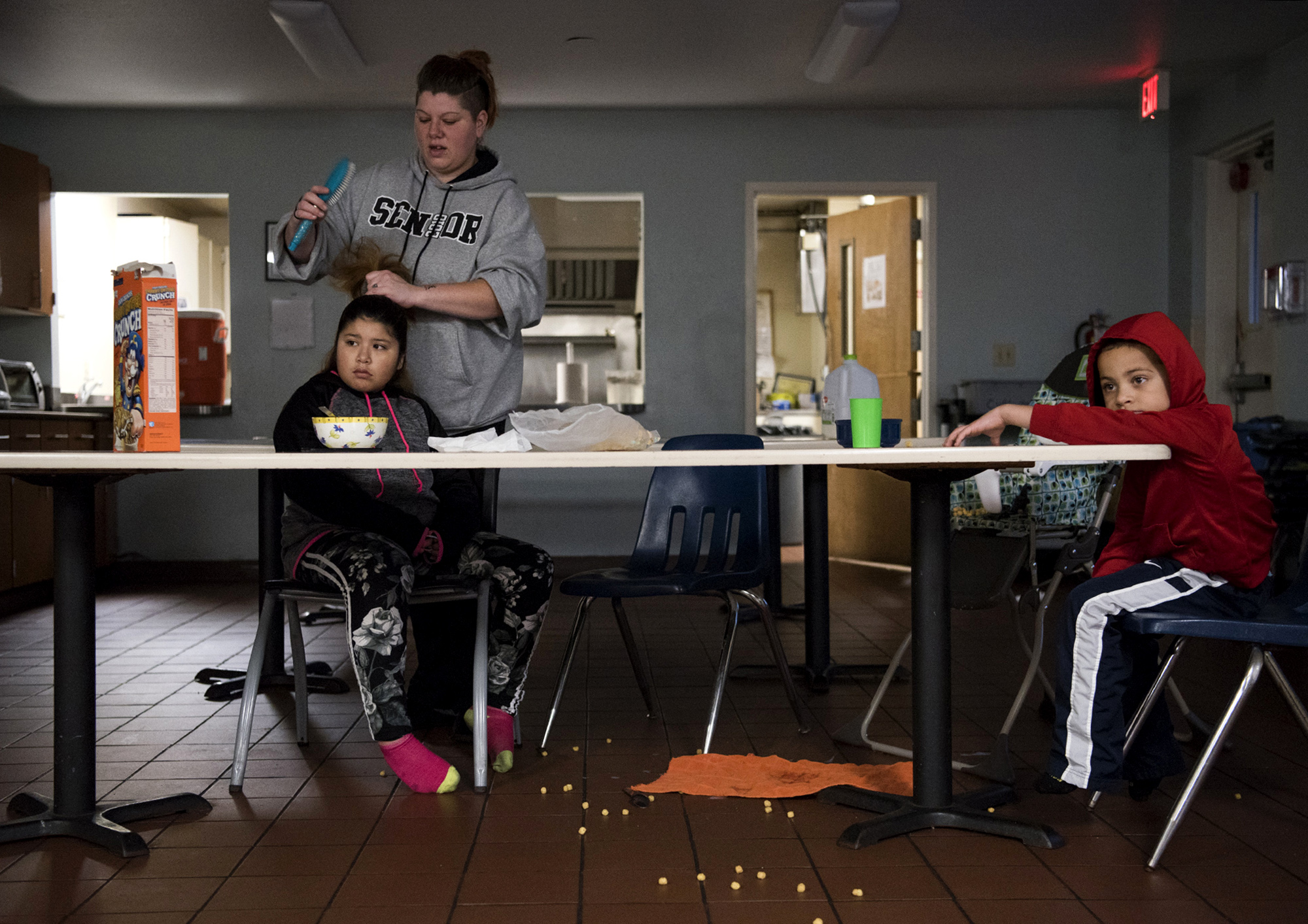
(Alisha Jucevic/The Columbian)
Between 2017 and 2018, Share also added four engagement specialists and an assistant food coordinator at Share House.
The result is a costlier shelter system. In 2016, Share spent $901,195 to operate its three shelters. In 2017, the shelter budget grew to $1,231,797, and in 2018, the agency budgeted $1,453,080. Most of that increase was due to adding staff.
Adjusting the rules
Magana has struggled with homelessness off and on for many years. In 2013, she stayed at Share Orchards Inn and she’s noticed a difference between her two stints staying in Share’s shelters.
This time around there are fewer rules and more freedom, though people still have to remain engaged and meet certain expectations, Magana said.
“Before it was more strict,” she said.
It’s better this way, she said, but added that she doesn’t want to get too comfortable living in a shelter.
Enlarge
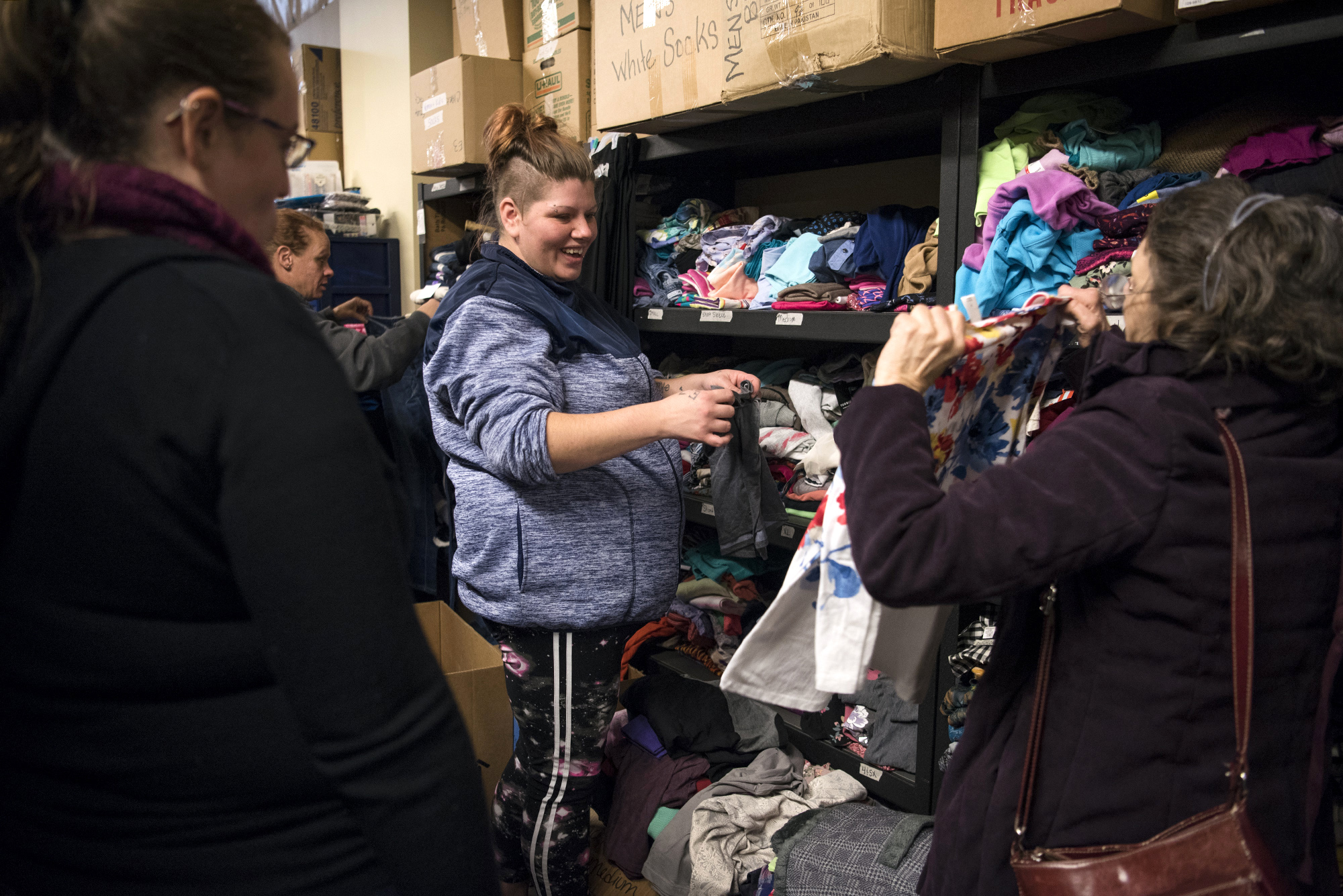
(Alisha Jucevic/The Columbian)
Budd, of Council for the Homeless, used to work at a shelter in Spokane.
“We had a rule that said ‘Don’t jump out your window’ because somebody jumped out their window, so it had to become a rule,” she said. “Sometimes you just kind of get used to adding a rule because it happened once.”
The shelter, similar to Share, later got rid of unnecessary rules and focused on common-sense expectations of being safe and respectful. A long list of rules can be traumatic for people who are just coming in off the street, Budd said.
Reynolds said Share has shifted more toward encouraging as opposed to regulating people’s choices. That means people who previously hadn’t sought shelter can feel more comfortable staying in one. For instance, there used to be a rule that Share House residents had to shower every day. Something as simple as that could get in the way of sheltering someone.
“It’s just a total different approach. It’s much more receptive for the client ,” McWithey said. It’s less about rules and more about coaching.
“We just base on behavior and whoever walks in our doors comes as they are and we work with them as they are,” Reynolds said. “As long as they can be appropriate, they’re welcome to stay.”
Enlarge
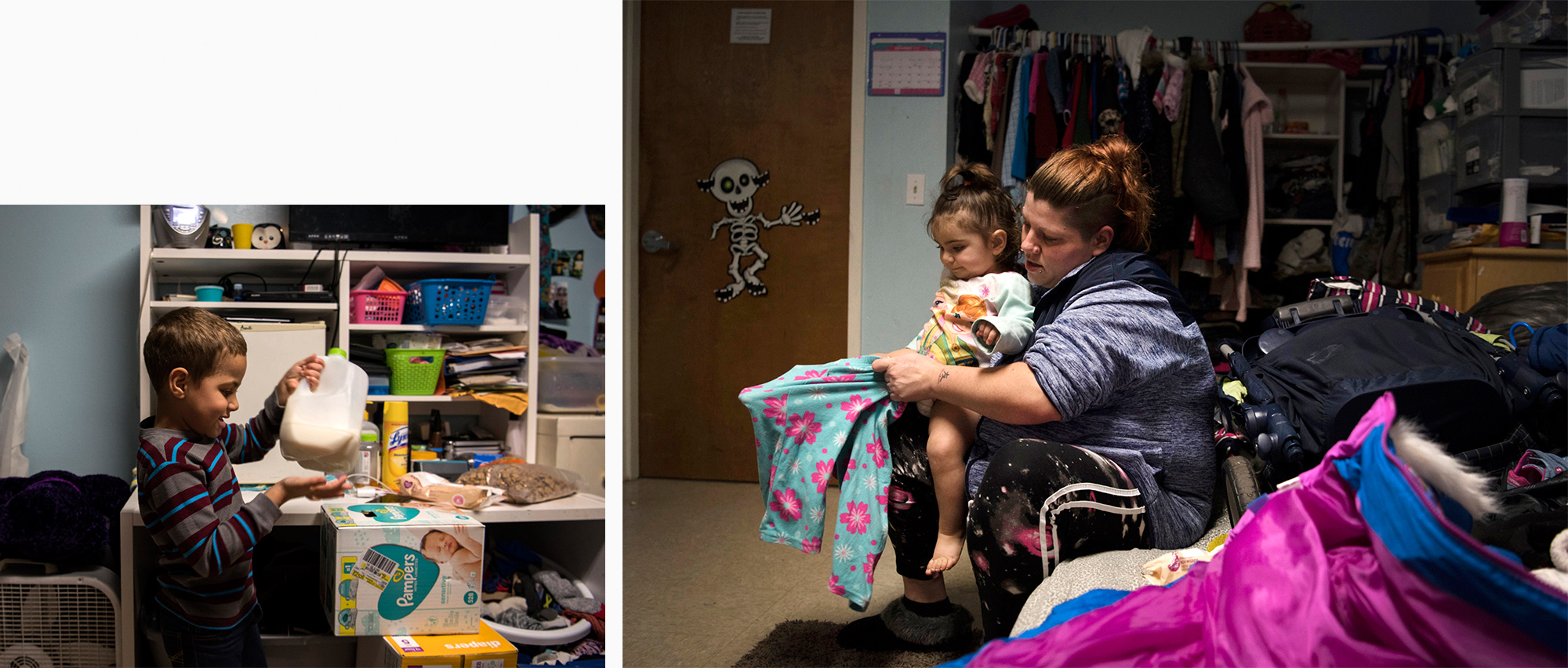
(Alisha Jucevic/The Columbian)
In addition to Share’s main shelters, the primarily volunteer-run Winter Hospitality Overflow, which operates during the cold months, did away with breath testing to determine if clients had been drinking. The testing device still hangs on the wall at St. Paul Lutheran Church in downtown Vancouver, which shelters homeless men.
“We just haven’t made a big deal about it,” said Geri Hiller, the shelter’s site coordinator. “Whatever happens off premise is your choice.”
People who used drugs or alcohol before coming to the shelter in the evening can stay as long as they’re not distressing volunteers or other clients. It’s a more merit-based approach and means that “the Hilton on 13th,” as Hiller playfully calls it, is taking on more challenging clients.
The WHO shelter at St. Andrew Lutheran Church in east Vancouver, which houses families and women, eliminated alcohol testing two years ago. The shelter no longer has to turn away an entire family because one person had a drink.
“It was a bit of an adjustment for some of our volunteers. There was concern,” said Carrie Thatcher, site co-coordinator. “It has worked out well and volunteers have come back.”
Pet-friendly approach
There are more furry friends staying at YWCA Clark County’s SafeChoice Domestic Violence Shelter. Previously, pets were one of the largest barriers to entering the shelter.
Many people “just could not leave their pets behind,” Shelter Director Kacee Kohen said.
Enlarge

(Alisha Jucevic/The Columbian)
Kohen said it took a couple of years to get the funding and approval to allow pets, and to train employees.
“It has gone really well,” she said of the national RedRover Relief program, which has pet-friendly domestic violence shelters in every state.
People responding to a survey for Clark County’s 2019-2022 Homeless Action Plan said their No. 1 priority to meet the basic needs of those living on the streets was more emergency shelter beds, particularly beds for domestic violence survivors, couples and single women. The next highest priorities were severe weather shelter, and shower, laundry and restroom facilities.
Ballooning street homelessness has made shelter top of mind. Budd said local shelter providers are looking at data, seeing that what they were doing wasn’t working well and making changes to potentially improve results. With the recent increase in document-recording fees, there’s more money going toward addressing homelessness and bolstering the shelter system. Through several funding sources Vancouver Housing Authority cobbled together about $1.2 million to remodel Valley Homestead, Orchards Inn and SafeChoice. Valley Homestead will be reconfigured so more people can stay at the shelter.
Enlarge
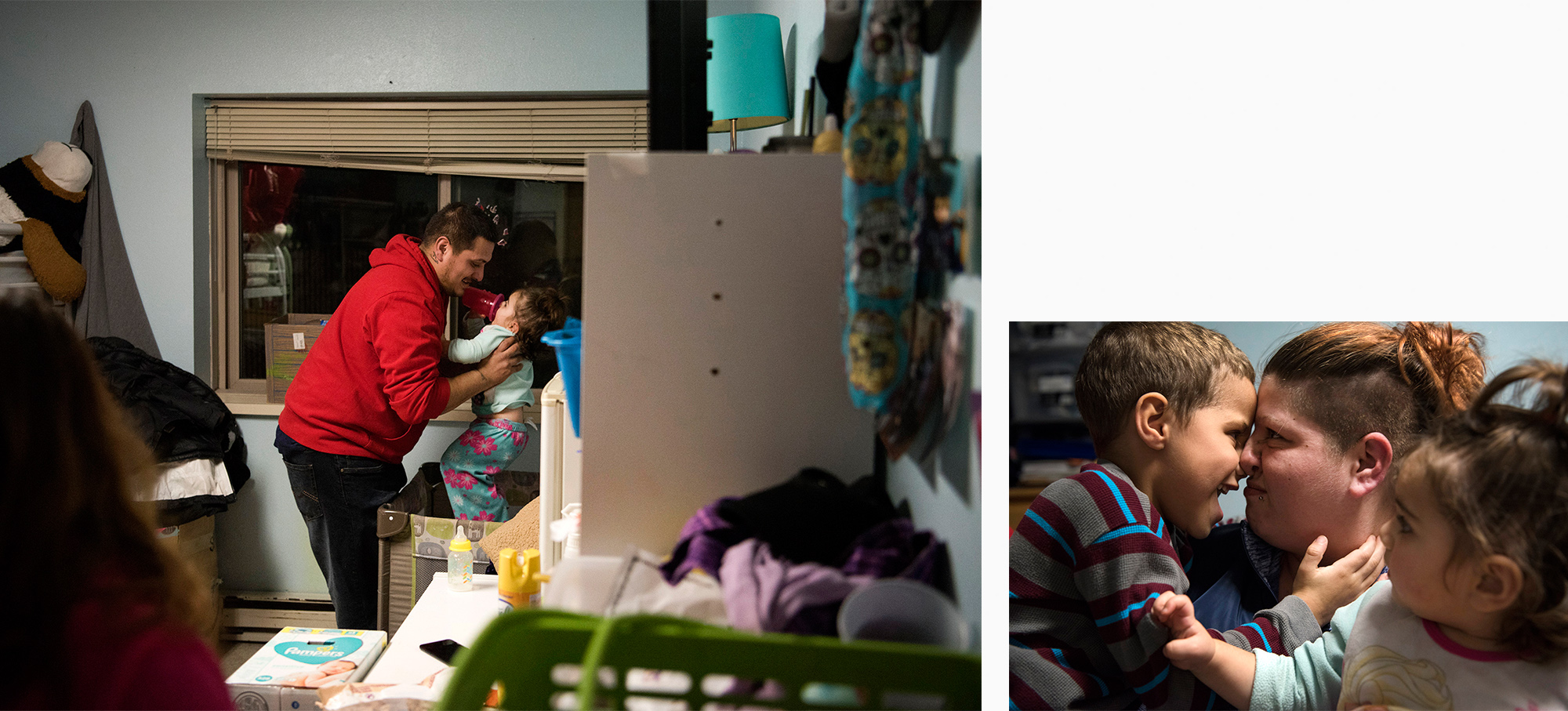
(Alisha Jucevic/The Columbian)
Budd is quick to point out that people who are homeless don’t need to go to an emergency shelter in order to successfully move into permanent housing. Interventions where people are housed right away, such as rapid re-housing, have much higher success rates than emergency shelter because there is a housing subsidy attached to them to help people get back on their feet.
“It’s not about moving people through a menu of things that I think everyone should know and experience in order to be permanently housed,” Budd said, adding that different households need different levels of assistance. “We talk to folks and understand what their needs and wants are and then try to help connect them with those resources. So, it’s just much more strength based, client centered, empowerment focused.”
Clark County homelessness by the numbers
10% of people who tried to access a housing program in 2017 got in
22% of people exiting emergency shelter return to homelessness
People are homeless for an average of 48 days
The county looks to add 50 emergency shelter beds as part of the 2019-2022 Homeless Action Plan
59% of households seeking shelter last year were turned away due to lack of space
$62 is the daily cost of a shelter bed whereas transitional housing costs $56 daily and rapid re-housing costs $25
81% of homeless people said their last permanent ZIP code was in Clark County
Approximately 374 people experience unsheltered homelessness on any given day
2,593 households sought assistance through the Housing Solutions Center in 2017
Source: Department of Commerce, Council for the Homeless
Need shelter? Call the Housing Hotline at 360-695-9677.